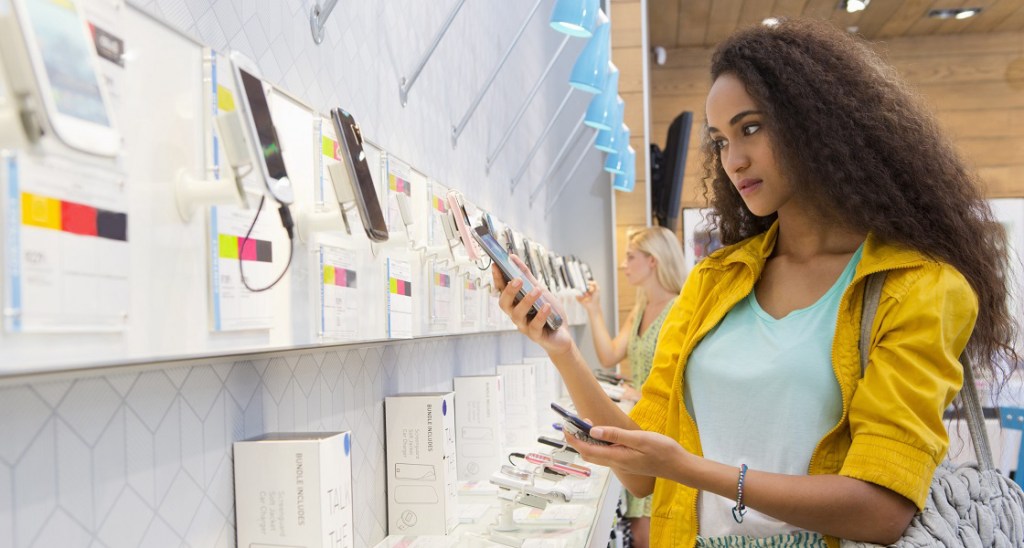The COVID-19 pandemic issued a sudden jolt forward to the digitization movement, accelerating it years beyond expected levels, transforming digital transitions into digital revolutions across industries. The magnitude of digital disruption to the consumer packaged goods (CPG) industry has been unlike anything since perhaps the birth of category management.
Recent developments, based on NielsenIQ data, include:
- 40% of U.S. households shop for CPG products both in person and online, an increase of 13 percentage points in just one year
- 15 million new customers have shopped for CPG products digitally since March 2020
- Consumers have spent $110 billion on CPG products via online channels over the past year, an increase of 50% from the prior year
The rapid growth of online commerce has placed the CPG industry on the cusp of a digital tipping point. And companies are pumping money into new technologies, assets, and personnel in an attempt to optimize customers’ digital experience. Organizations are ramping up digital transformations as open technologies become less of an advantage and more table stakes.
The five stages of the e-commerce maturity curve
The digital evolution driving e-commerce growth is not a one-step process; all e-commerce programs develop along a maturity curve. We categorize merchants, brands, and markets into five stages on an e-commerce maturity spectrum:
- Brochureware: A digital site presents marketing materials and product complements without any direct links to sales.
- Single-party selling: A single party sells its products, likely on a direct-to-consumer site. The data journey begins here, with transactional data providing insight into first-party success.
- Multichannel: More than one digital channel sells items, and data becomes more complex.
- Omnichannel: Every channel works toward selling goods, and data continues to inform decision-making.
- Headless: There is a true decoupling of the back end and front end of the store. Data processing is at an expert level, and the entire experience is streamlined.
But as more shoppers test the online waters, growth cannot be viewed as a simple zero-sum game of converting in-store shoppers to online buyers. The winners will be those who don’t lose sight of the importance of in-store transactions while simultaneously attracting new digital shoppers, focusing on retaining them over time and growing their share of online spend. The best way to achieve this is through the implementation of new technologies and investment in the underlying data assets to support it.
How tech plays a role
When implemented well, technology adoption has always brought a key advantage to digital commerce by addressing unmet needs within the in-store shopping experience. Through personalized advertisements, enhanced search features, and even live video feeds across the supply chain, technology offers brands an unparalleled opportunity to build a connection with shoppers. And in today’s environment, increasing share of mind is a critical component of increasing share of wallet.
Looking outside of the CPG industry reveals some of these new capabilities in action. Nordstrom provides a superior example of how to redefine category management to center around how consumers increasingly view the product space. For instance, “working from home” and “cooking” are new product categories, representing a move away from simple, stale specifications such as “shirts” or “pants.” Nike was a pioneer of product personalization with the introduction of software allowing users to customize their own footwear.
There’s a lot to learn from outside of the CPG industry, but also a lot of advancement within it. Enhanced search functionality is a hygiene factor for operating in e-commerce, and it becomes even more critical as a company moves along the maturity spectrum. Differentiating features that deliver added benefit to the customer include filtering for specific search criteria, such as minority- or women-owned businesses, or products that match certain dietary restrictions. And while artificial intelligence will continue to drive personalization in the e-commerce space, it’s only as good as the data it learns from. So it’s imperative that brands continually monitor the quality of data coming in and informing their machine-learning capabilities.
Platforms such as Instagram and Facebook offer integrated, targeted advertising that is reliant on data but increasingly provides path-to-purchase drivers and payment options, creating new channels of social commerce instead of just avenues for advertisements. And, taking this concept a step further, livestreaming has been a popular trend in Asia for years and is now expanding around the world, creating additional commerce channels. Influencers, artists, shop owners, and others can personally interact with customers to create digital connections that were once dependent on people being physically together.
All in all, open technologies and platforms will be the key to driving digital maturity. They will play an integral part in a manufacturer’s or merchant’s strategy to attract, retain, and grow shopper spend, which will ultimately push the needle even further for the share of online CPG sales. Despite the rapid growth, however, the U.S. remains in its infancy in terms of digital’s share of CPG sales, compared with markets such as China (30%) and South Korea (26%). How quickly the U.S. market accelerates to those levels depends in part on the pace of the industry’s technology adoption.



